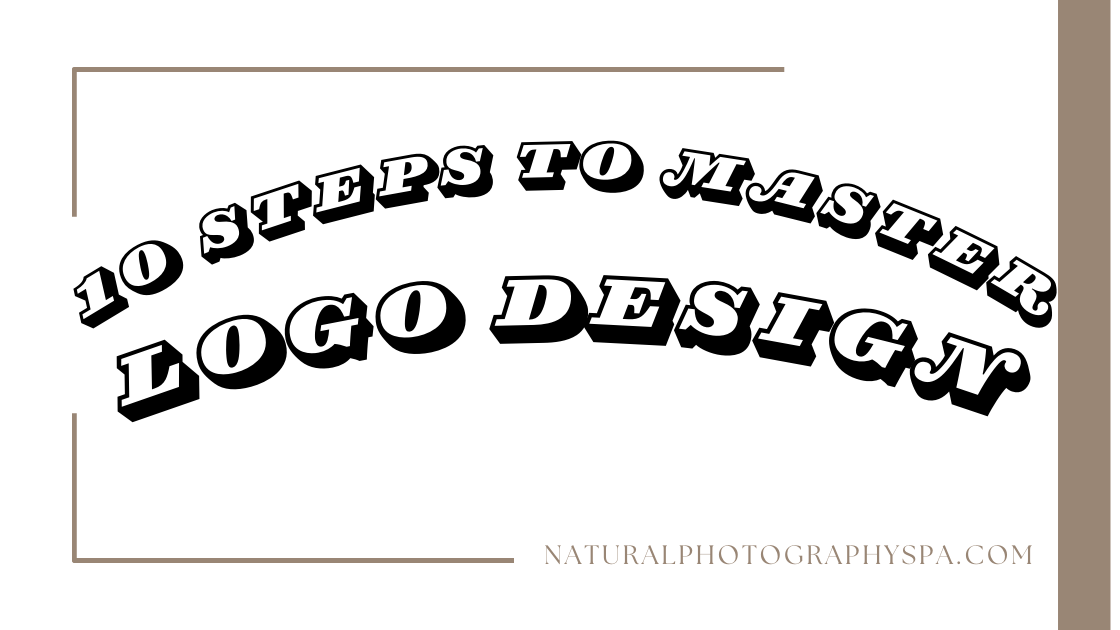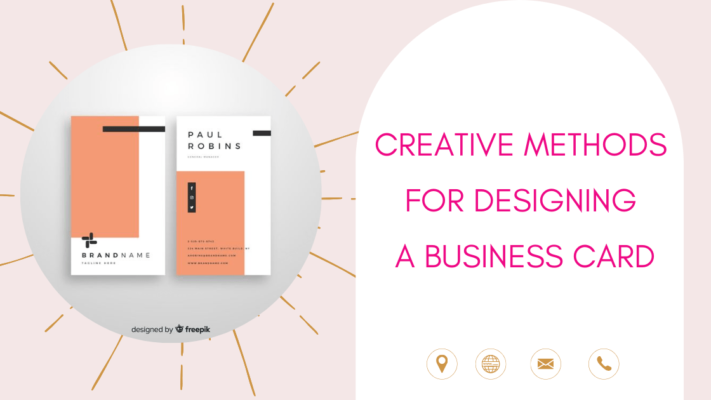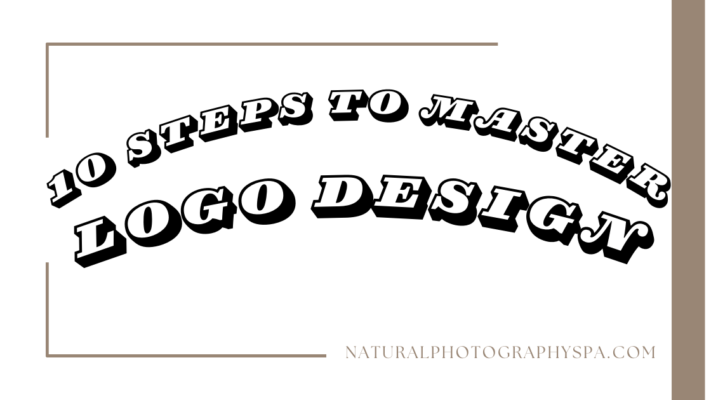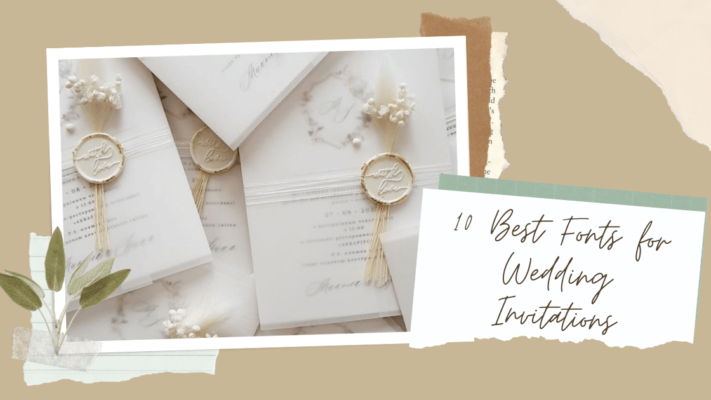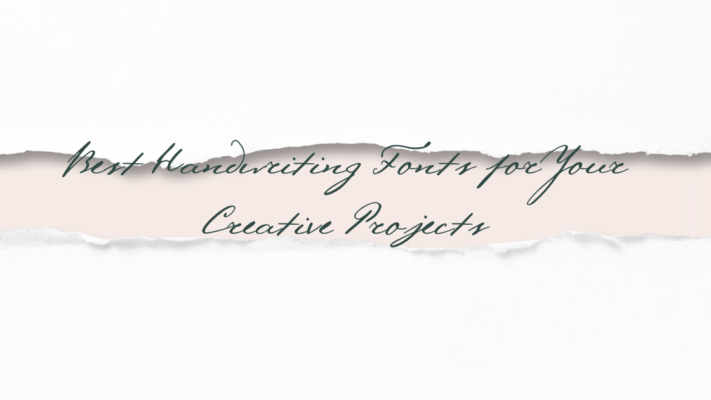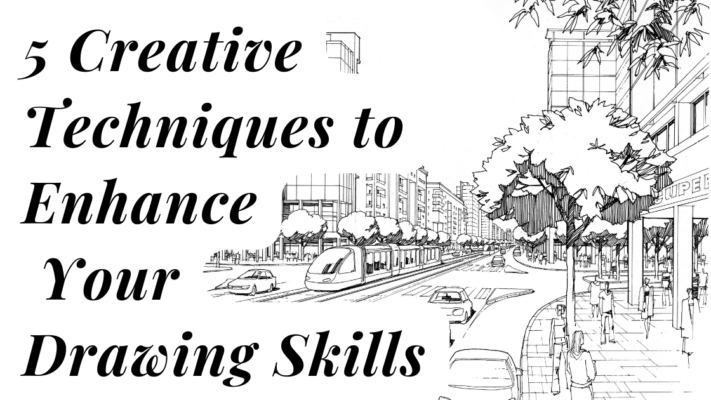In the competitive world of branding, mastering the art of logo design is essential for creating a lasting impact and ensuring brand recognition. Designing a logo goes beyond surface-level aesthetics; it serves as a powerful encapsulation of a brand’s identity and values. Whether you’re an experienced designer or new to the realm of graphic design, understanding the nuances of logo design is crucial. Here’s a comprehensive guide on crafting logos that resonate with your audience and leave a lasting impression.
Contents
Understand the Brand
Before putting pen to paper, delve into the brand’s ethos, values, and target audience. A thorough understanding of the brand’s personality and aspirations lays the foundation for a meaningful logo design.
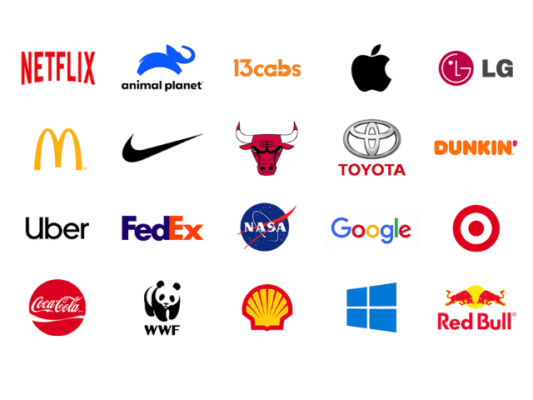
Research and Inspiration
Explore the competitive landscape and gather inspiration from diverse sources. Analyze trends, study successful logos, and identify elements that evoke the desired emotions and align with the brand’s identity.
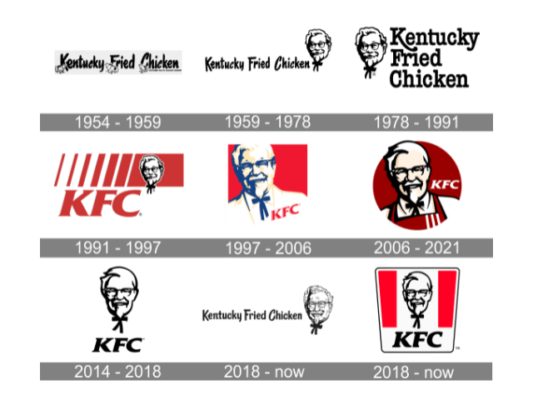
Sketching and Conceptualization
Start with rough sketches to brainstorm ideas freely. Experiment with shapes, typography, and imagery to visualize different concepts. This phase is crucial for exploring creative possibilities and refining initial concepts.
Focus on Simplicity
Strive for simplicity and clarity in your designs. A minimalist approach ensures that the logo remains memorable and versatile across various platforms and scales. Avoid clutter and overly complex elements that may dilute the message.
Typography Matters
Selecting the right font is paramount as typography plays a significant role in shaping the brand’s personality. Choose fonts that complement the overall design and reflect the brand’s tone – whether it’s modern and sleek or traditional and elegant.
Color Psychology
Colors evoke emotions and associations, making them a powerful tool in logo design. Understand the psychology behind different colors and select a palette that resonates with the brand’s values and target audience. Ensure versatility by considering how the logo will appear in both color and grayscale formats.
Versatility and Scalability
A well-designed logo should be adaptable to various contexts and mediums. Test its scalability by resizing it for different applications – from business cards to billboards. Ensure clarity and legibility across all sizes.
Iteration and Feedback
Design is an iterative process, so seek feedback from peers, clients, and target consumers. Embrace constructive criticism and iterate on your designs to refine them further. Remember, the goal is to create a logo that resonates with the intended audience.
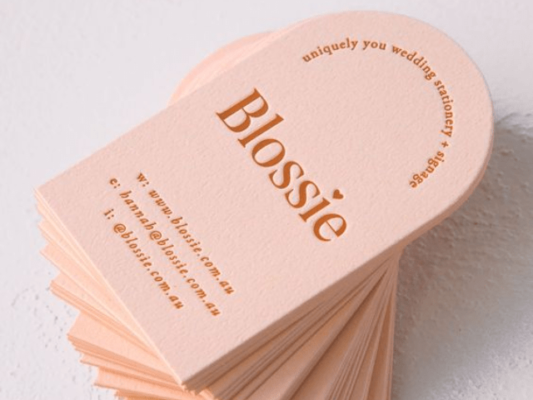
Legal Considerations
Ensure that your design is original and does not infringe upon existing trademarks or copyrights. Conduct thorough research and consider trademark registration to protect the brand’s identity and intellectual property rights.
Presentation and Delivery
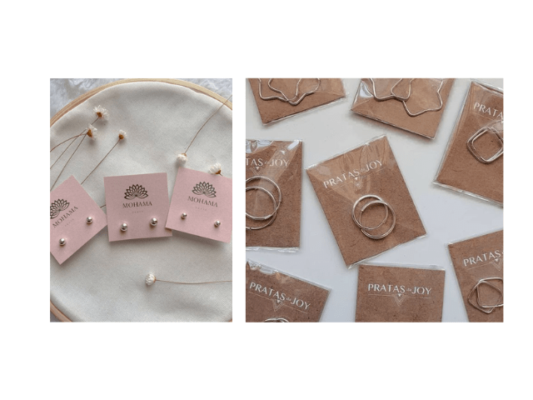
Present your final logo design with professionalism and attention to detail. Provide clients with various file formats and usage guidelines to ensure consistency in its application. A well-executed presentation enhances the perceived value of your work.
In conclusion, the process of logo design is a delicate balance of creativity, strategy, and craftsmanship. By immersing oneself in the brand’s identity, conducting thorough research, and adhering to a systematic design approach, one can fashion a logo that captivates audiences and leaves an indelible mark. Remember, a great logo design is not just visually appealing – it serves as a powerful symbol that embodies the essence of the brand.
Related Posts
- Discovering Diversity in Read Across America
- Thousands of Tons of Dead Sardines Wash Ashore in Northern Japan
- A Guide on How to Make Planner Stickers

